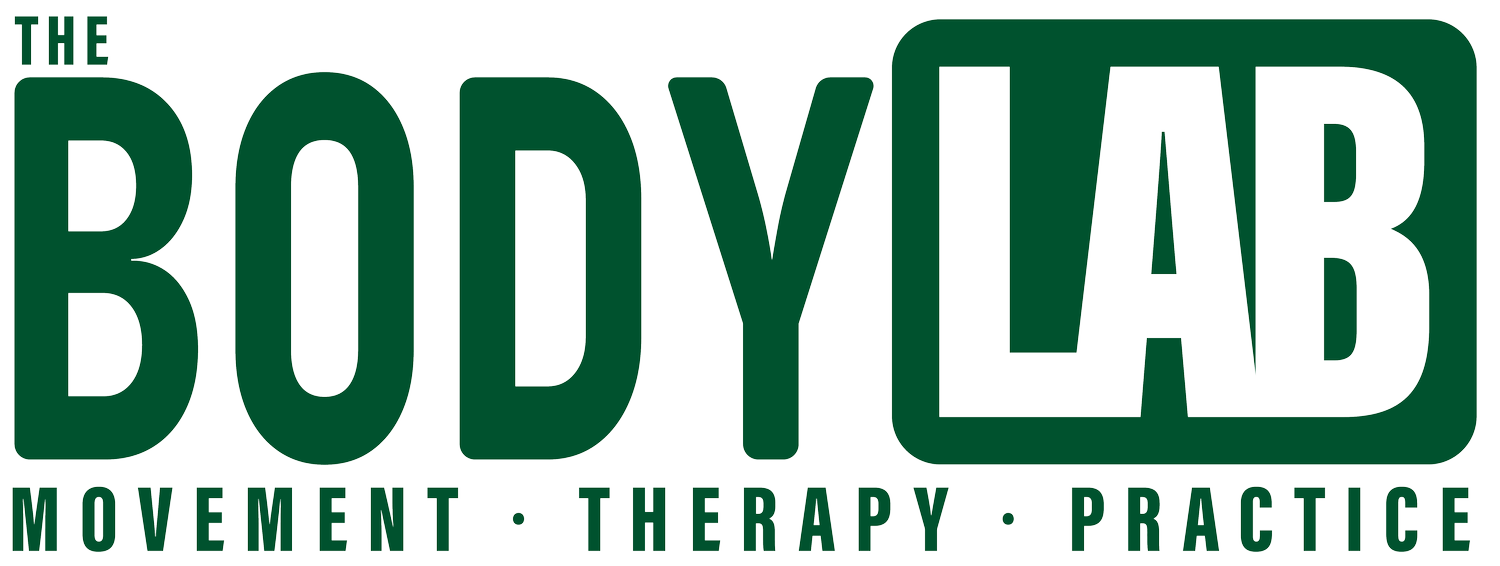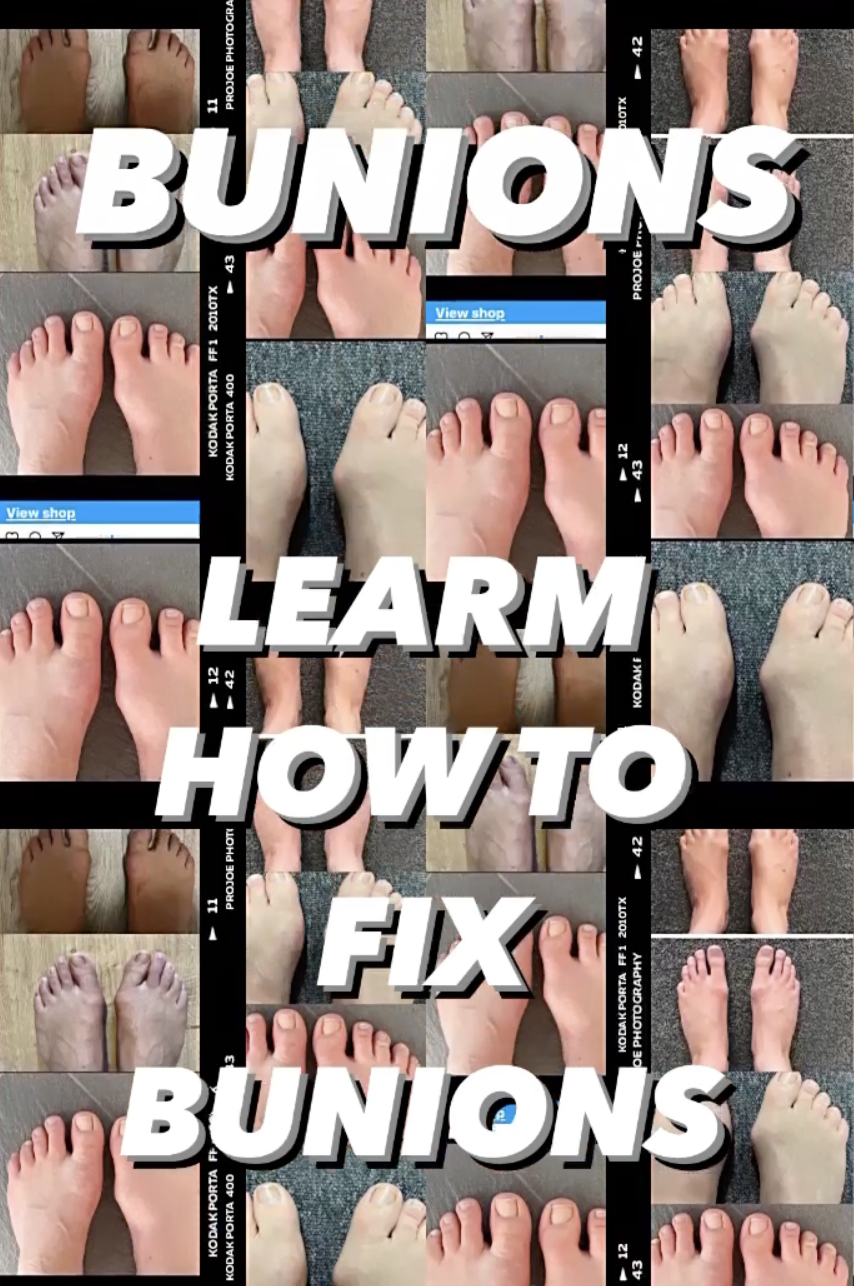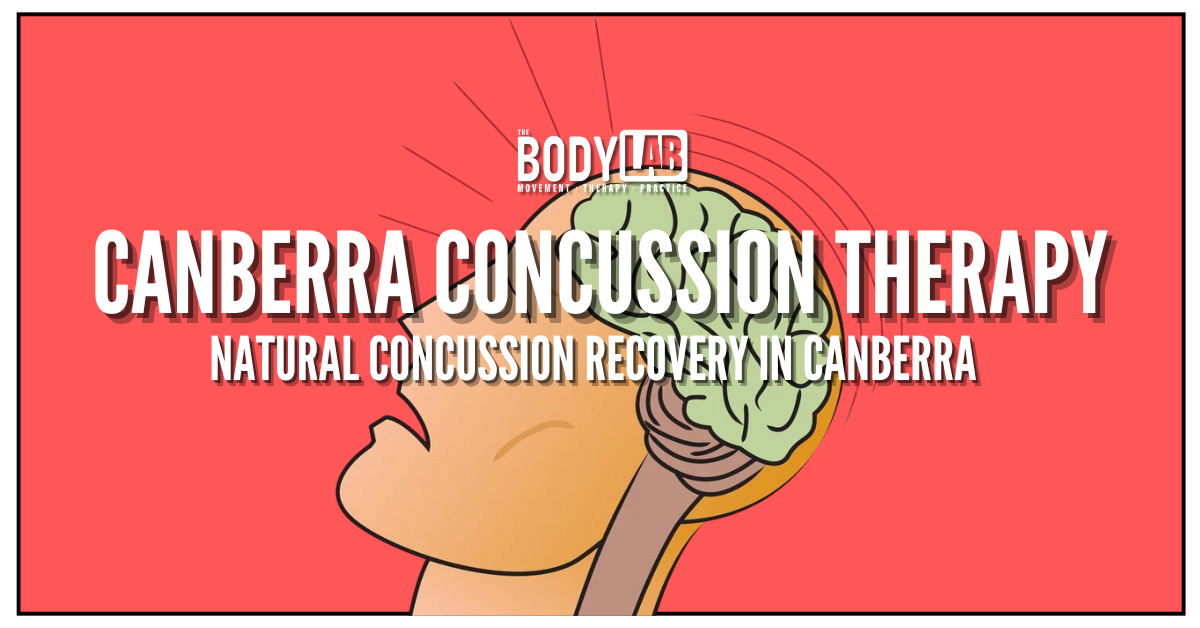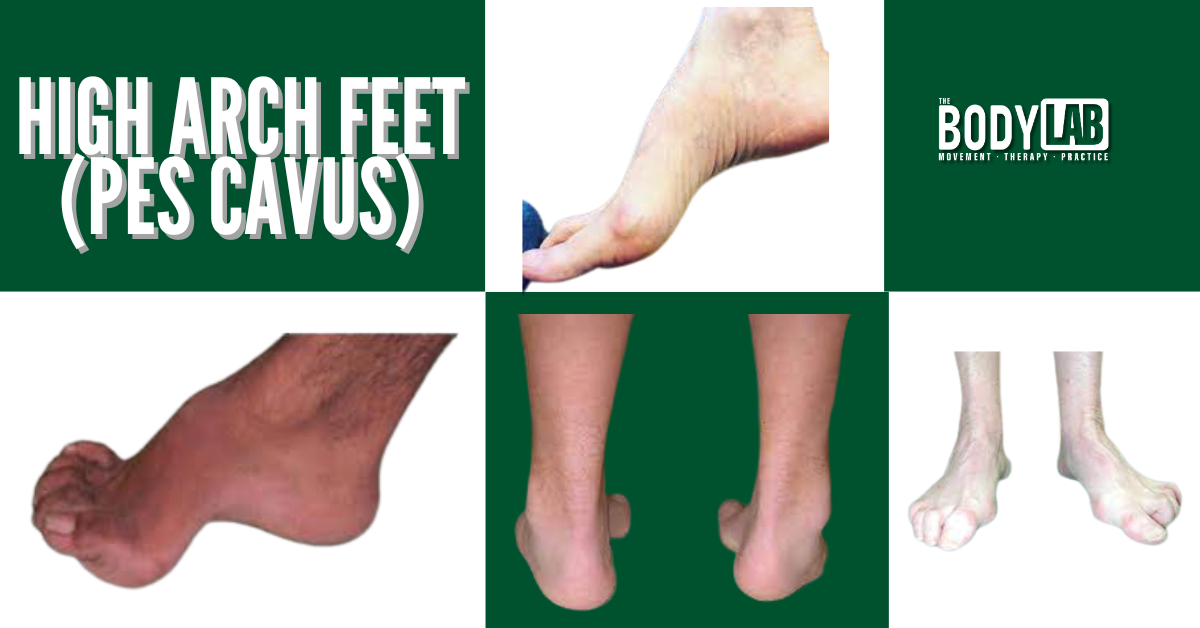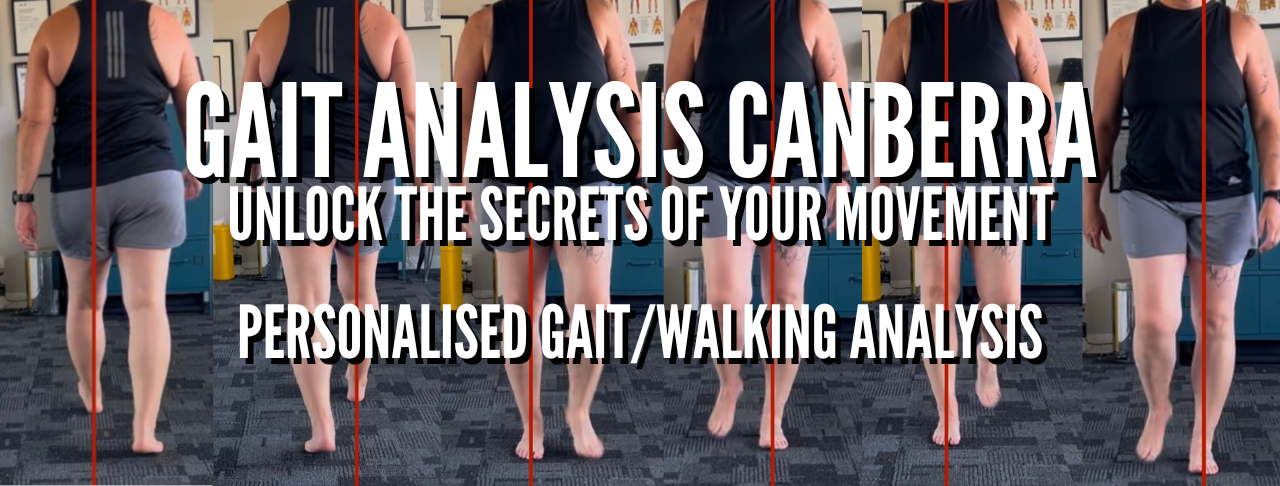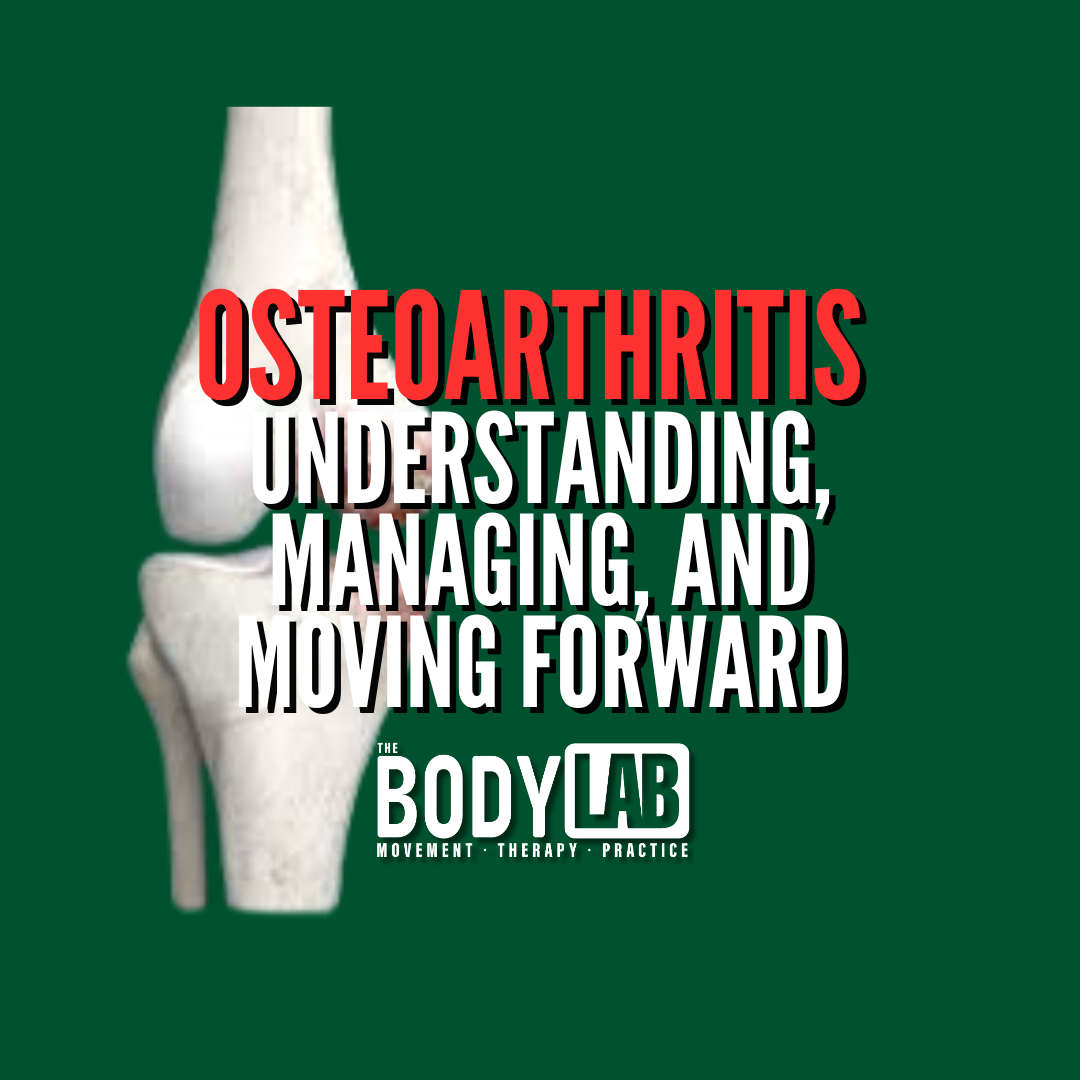Understanding Repetitive Strain Injuries: Types, Causes, and Treatment Options
Repetitive strain injuries (RSIs) are a common, yet often misunderstood, condition that can significantly impact your daily life. From desk workers to athletes, anyone who performs repetitive movements is at risk of developing an RSI. At The Body Lab, we take a comprehensive approach to treating these injuries, ensuring a faster, more complete recovery while helping you prevent recurrence.
In this post, we’ll explore the different types of RSIs, what causes them, and how we treat them with our unique combination of movement therapy, functional biomechanics, and acupuncture.
What Are Repetitive Strain Injuries?
Repetitive strain injuries occur when muscles, tendons, or nerves are damaged due to repeated movements or overuse. This type of injury usually develops gradually, and its symptoms can range from mild discomfort to severe pain and dysfunction, often affecting areas like the wrists, elbows, shoulders, neck, or lower back.
RSIs are often seen in individuals who perform repetitive activities, whether in an office setting, during manual labor, or through physical activities like sports or fitness routines. If not treated early, these injuries can lead to chronic conditions that limit your ability to work, exercise, or even complete everyday tasks.
Types of Repetitive Strain Injuries
There are several different types of RSIs, each affecting various parts of the body. Here are some of the most common:
1. Tendinitis
Tendinitis is the inflammation of a tendon, which is the tissue that connects muscle to bone. This condition is often caused by repetitive motions, poor posture, or overuse during physical activities. Common forms of tendinitis include:
• Tennis Elbow (Lateral Epicondylitis): Pain located on the outer part of the elbow, typically caused by repetitive use of the forearm muscles.
• Golfer’s Elbow (Medial Epicondylitis): Pain on the inner part of the elbow, often seen in those who repetitively flex their wrist or grip objects tightly.
• Achilles Tendonitis: Pain and inflammation in the tendon running along the back of the ankle, often seen in runners or those who engage in high-impact sports.
2. Bursitis
Bursitis occurs when the small, fluid-filled sacs (bursae) that cushion bones, tendons, and muscles near your joints become inflamed. Bursitis is often caused by repetitive movements or excessive pressure on the affected area. Common types include:
• Shoulder Bursitis: This can occur from repetitive overhead motions, causing pain and swelling in the shoulder area.
• Hip Bursitis: Often caused by repetitive hip movements or prolonged pressure (like sitting for extended periods), this leads to pain in the hip area.
• Elbow Bursitis: Repetitive bending or leaning on the elbows can cause this condition, leading to swelling and tenderness around the joint.
3. Carpal Tunnel Syndrome
Carpal tunnel syndrome is a well-known RSI affecting the wrist and hand. It occurs when the median nerve, which runs through a narrow passage in the wrist (the carpal tunnel), becomes compressed. Symptoms include tingling, numbness, and pain in the hand and fingers, often caused by repetitive activities like typing, writing, or using handheld devices. More information here
4. Rotator Cuff Injuries
The rotator cuff is a group of muscles and tendons that stabilize the shoulder. Repetitive overhead movements or lifting can lead to rotator cuff injuries, which cause pain, weakness, and limited range of motion in the shoulder. This condition is particularly common in athletes and workers who frequently perform overhead tasks.
5. De Quervain’s Tenosynovitis
This condition affects the tendons on the thumb side of the wrist, causing pain and swelling, particularly during gripping or twisting motions. It’s often seen in individuals who use their hands extensively, such as musicians, hairdressers, or new parents.
6. Trigger Finger
Trigger finger occurs when the tendons that flex the fingers become irritated, leading to pain, stiffness, and a catching or locking sensation when you try to bend or straighten the finger. Repetitive gripping actions often lead to this condition.
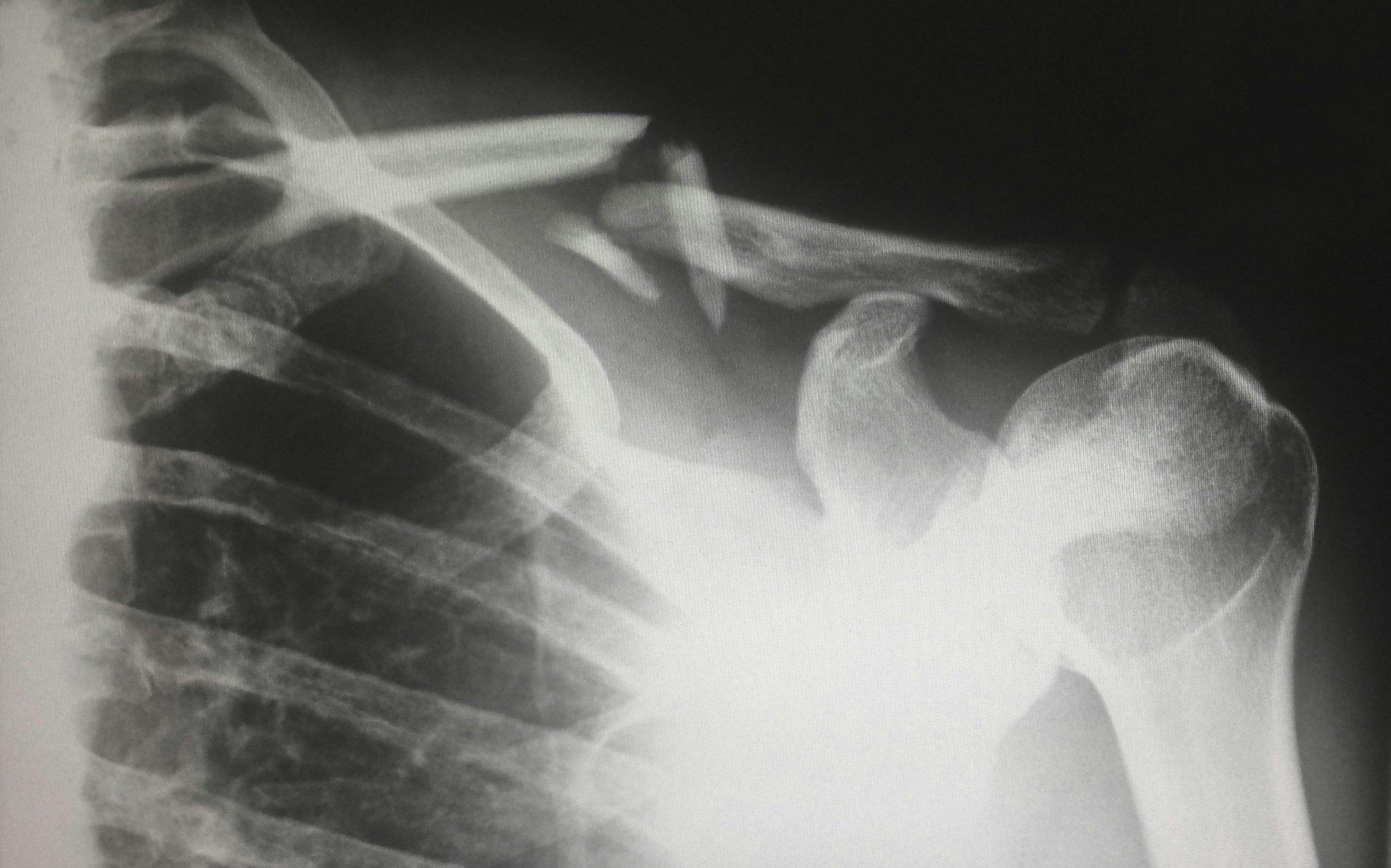
Causes of Repetitive Strain Injuries
RSIs are primarily caused by repetitive motions that strain the muscles, tendons, or nerves. Some common risk factors include:
• Poor Posture: Whether at a desk or during physical activity, improper posture can place undue stress on your muscles and joints, leading to RSI.
• Repetitive Movements: Activities that require the same movement over and over, such as typing, using a mouse, playing a musical instrument, or performing sports, can cause RSIs.
• Overuse: Overloading a particular muscle group or joint without adequate rest or recovery can lead to tissue damage.
• Lack of Proper Technique: Performing activities, whether in sports or everyday tasks, without proper technique can contribute to injury.
How The Body Lab Treats Repetitive Strain Injuries
At The Body Lab, we take an integrative, personalised approach to RSI treatment. We focus on addressing the root causes of your injury while helping you recover through targeted therapies. Our treatments include:
1. Movement Therapy and Biomechanics
We conduct in-depth assessments to analyze your posture, movement patterns, and biomechanics. By identifying areas of dysfunction or imbalance, we develop tailored movement plans to restore optimal function and reduce the stress on your muscles and tendons.
2. Acupuncture for Pain Relief
Our expertise in Classical Chinese Acupuncture allows us to address pain and inflammation at its source. Acupuncture can promote circulation, reduce muscle tension, and accelerate the healing process, providing relief from the symptoms of RSI.
3. Strength and Conditioning
We incorporate targeted strength and mobility exercises into your treatment plan to help you regain function and prevent future injuries. By strengthening the muscles and tissues surrounding the affected area, you’ll be able to return to your activities with reduced risk of reinjury.
4. Posture and Ergonomic Education
Preventing RSIs means addressing the underlying habits that led to the injury in the first place. We provide guidance on proper posture, workspace ergonomics, and how to modify repetitive activities to avoid further strain.
Prevention: How to Avoid RSIs in the Future
Preventing RSIs requires a proactive approach. Here are some tips to keep in mind:
Take Breaks: Whether you’re at a desk or doing physical work, take regular breaks to move and stretch your muscles.
Maintain Proper Posture: Pay attention to your posture during activities to avoid placing unnecessary stress on your body.
Use Proper Equipment: Ensure that your workstation is ergonomically designed to reduce strain, and use supportive footwear for activities that require prolonged standing or walking.
Strengthen Supporting Muscles: Regularly engage in strength training to build resilience in the muscles surrounding your joints and tendons.
Repetitive strain injuries can be debilitating, but with the right treatment, recovery is possible. At The Body Lab, we specialise in providing personalised, comprehensive care for RSIs, helping you overcome pain and get back to the activities you love.
Our focus on movement therapy, biomechanics, and acupuncture ensures that you receive a holistic, long-lasting solution to your injury.
If you’re experiencing the symptoms of RSI, don’t wait—reach out to us today to schedule a consultation and start your journey to recovery!
